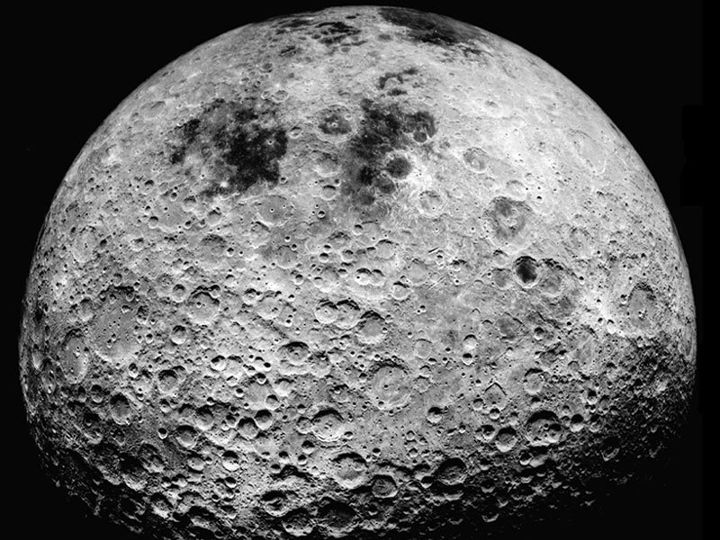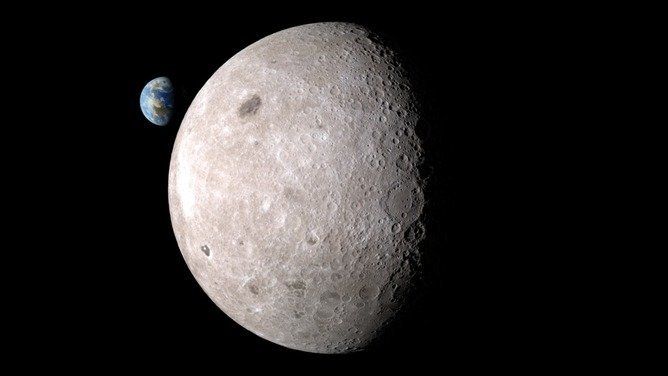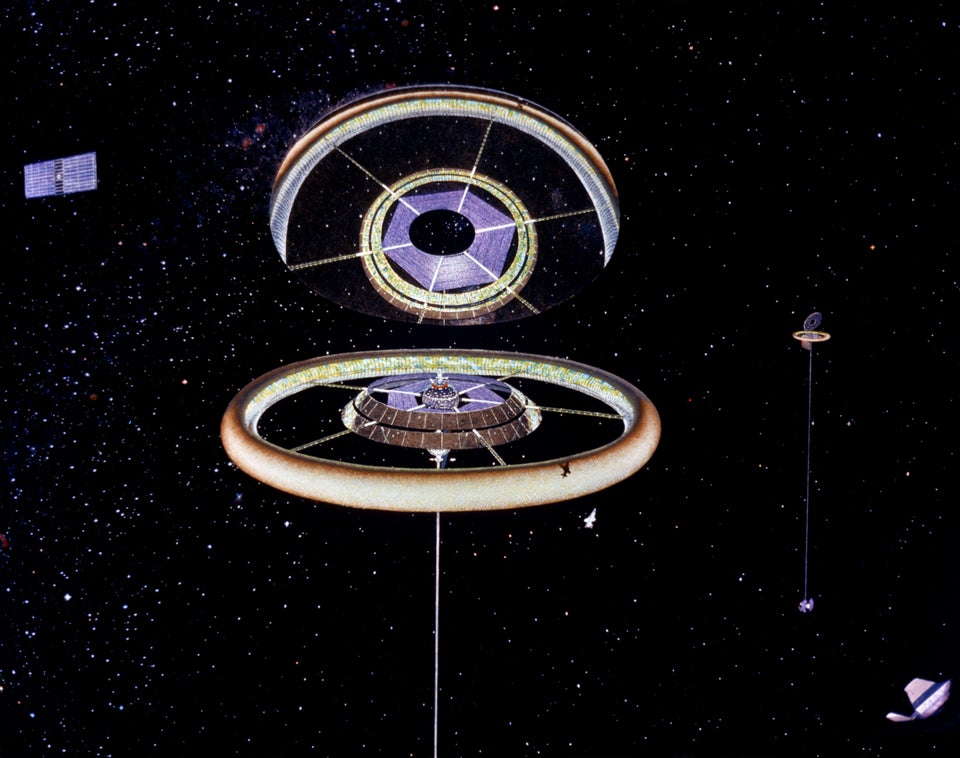China’s space agency has announced plans to become the first to land on the far side of the moon, which is always hidden from us – a tricky task given that it is not possible to communicate directly with Earth from there. But if successful, the mission could shed light on many things we don’t know about the moon, such as what is going on deep beneath its thick crust.
Chang'e 4, scheduled for launch in late 2018, is the next phase of China’s exploration of the moon. It builds on the success of its Chang'e 3 lander, which touched down on the moon in December 2013 and successfully deployed a robotic rover named Yutu. Although Yutu found itself unable to move after its second night, it continued to provide data, leading to the discovery of a new type of moon rock.

There is no dark side
The reason we can’t see the far side of the moon is that our satellite rotates exactly once per orbit so as to keep that side hidden from view (see video below).
The far side is often wrongly described as the “dark side of the moon” – though it gets just as much sunshine as the near side. And it has now been mapped thoroughly from lunar orbit, although no mission (manned or unmanned) has ever landed there. The far side is not any harder to reach than the near side; the problem is that, with the Earth permanently out of view, direct radio transmission to and from spacecraft is impossible there.
Lagrange points
China’s solution to this dilemma is to deploy a relay satellite that will be able to see both the lander and the Earth at the same time. Rather than being placed in orbit around the moon, the Chang'e 4 Communications Relay Satellite will be sent to one of the five Earth-moon ‘Lagrange points’. These are positions where the gravitational forces and orbital motions of the spacecraft, Earth and moon interact to create a stable location. The one chosen in this case is the Second Lagrange Point, ‘L2’, which is 67,000 km beyond the moon.
Seen from the exact L2 point, the moon would completely hide the Earth. However, this can be solved by causing the relay satellite to follow a “halo orbit” around the L2 point. This is like a small ring around the Earth-moon-L2 line, of a diameter sufficient to keep the Earth in view beyond the moon’s edge. This situation is one of “unstable equilibrium”, but requires very little expenditure of fuel to sustain. It may seem tricky to achieve, but several spacecraft have already made successful visits to L2, including Chang'e 5-T1, a test mission for another planned lunar mission, Chang'e 5 (which will land in 2017 and return a sample to Earth).

Big basin
The Chang'e 4 landing site has not been confirmed, but it is widely expected to be inside the South Pole-Aitken basin. At 2500 km in diameter and 8 km deep, this is the largest impact basin on the moon. Unlike those on the near side, it has for some reason not been flooded by lavas, so it offers us a window deep into the Moon’s crust for study of the lunar interior.
There could even be fragments from the moon’s mantle scattered across the surface here – the impact that created the basin could well have reached the mantle and thrown up debris. Lunar geologists believe they can deduce the mantle’s composition by examining the crust, and this would be a good chance to test whether they are right.

Other proposed missions to the far side of the moon – such as the crowd-funded Lunar Mission One, the Russian and European Space Agency jointly-planned Luna 27, and maybe an independent ESA lander, too – are aiming at the fringes of SPA basin at the moon’s south pole, from where the Earth stays in view as it tracks around the horizon. These will have the benefit of permanent sunlight, and a chance to find ice inside permanently-shadowed craters. However, thanks to its relay satellite, Chang'e 4 looks set to provide the first surface-based analyses from deep inside the lunar far side.
If the Chinese make a success of this and Chang'e 5, their next logical step will be to send astronauts to the moon. And it seems that in this they will be in a race with the European Space Agency rather than with NASA, which currently has its sights set on sending humans to Mars instead.
This story was originally published by The Conversation.
Also on HuffPost:
